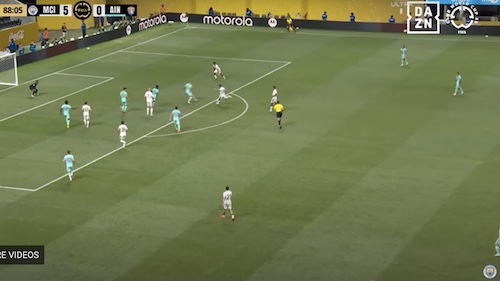The Boot Review FrameworkBy Lucas Martorana 3/28/2010 In the most basic sense there are three main aspects of the soccer shoes that need to be considered and reviewed: 1. The shoe’s contact with the ground (Traction) Each boot can be assessed on these measures; in the modern game many options are available based on player’s physique, style, position, field conditions, and more. As we review your favorite boots and some you may be curious about you must remember not every detail will apply to everyone, every company or even every product line. We will use a grading scale of 1-100 and average each main component for the final grade to rate the boots and follow with a description of the new/important technology offered in the boot and the pro and cons of each aspect of the boot. First impression: What are the first things we notice about a boot? It’s look, colors, technology, etc. The first impressions are keey you can be turned off by your first look at a shoe. So we take it all into account, if from the start you don’t like it why go any further. Judge a book by a cover if you want, the review will go on anyway. We all have got an opinion, so, from classic blacked-out Puma Kings or rare neon yellow Adidas Predator Accelerators to the boldest Berry Pink Nike Vapor IVs the look of our boot choices are constantly changing! Traction: These days it’s not just slip vs. grip! As the game is getting faster and more physical you need a boot that can handle it. The traditional circular studs and being replaced by bladed studs and combinations of each are now popular. This section will analyze the effectiveness for the boot to get in and out of the ground in a fast, flexible, responsive manner. Plant and get stuck– you sprain an ankle, plant and slide– you commit an unnecessary foul! Here is the break down of that good balance in between. Comfort and fit: This section may be one of the single most important sections, no matter what amazing features a boot offers if it does not fit and is painfully uncomfortable then forget about it. Important factors in comfort and fit are break in time, blisters, width, and the boot’s sizing. Unfortunately, there are no short cuts to trying a shoe on but we will provide a guide from the new materials and some first hand experience. Touch and control: This is where things can get fun! The basics– kangaroo leather vs. synthetic leather, soft and supple vs. durable and light. Today many hybrid synthetics are offering a softer feel with a longer life. In addition, many boots like the world-renowned Adidas Predator line use rubber for added control and swerve, but Nike, Asics, Mizuno, and other have all joined in offering their best varations. Almost every brand offers something contemporary and new, in addition to their more traditional leather option. Your tastes my change based on individual style and preference– our goal: simply provide you with any info as you consider who get your business. Price: Yes of course, the main concern for many players (and parents)! Is that top of the line boot worth your money? The reality is that the price ranges keep climbing and climbing. So here’s the straight talk on the pricing elements. Durability: Does this boot last? Is it going to get you through the season (or two)? It may make sense to invest in two pairs if you are training daily and hard on your footwear. Keep your game day weapon nice and tear up the trainers! Final Grade: Plain and simple here is the letter grade scale of 1-100 and assigned a letter grade, whose going to pass the test? And rise to the top? The rating of each section are averaged and a score is given. 100-90 = A, 90-80 = B, 80-70 = C, 70 -60 = D, and 50 – 0 = F. |
Your Soccer Resource Center














